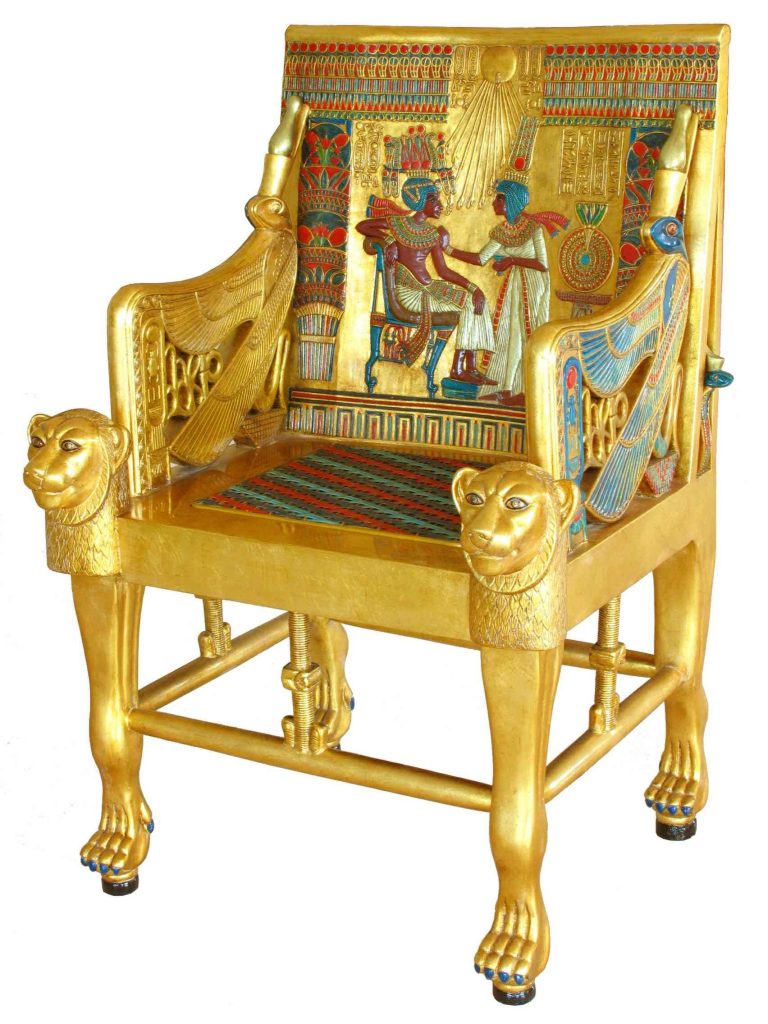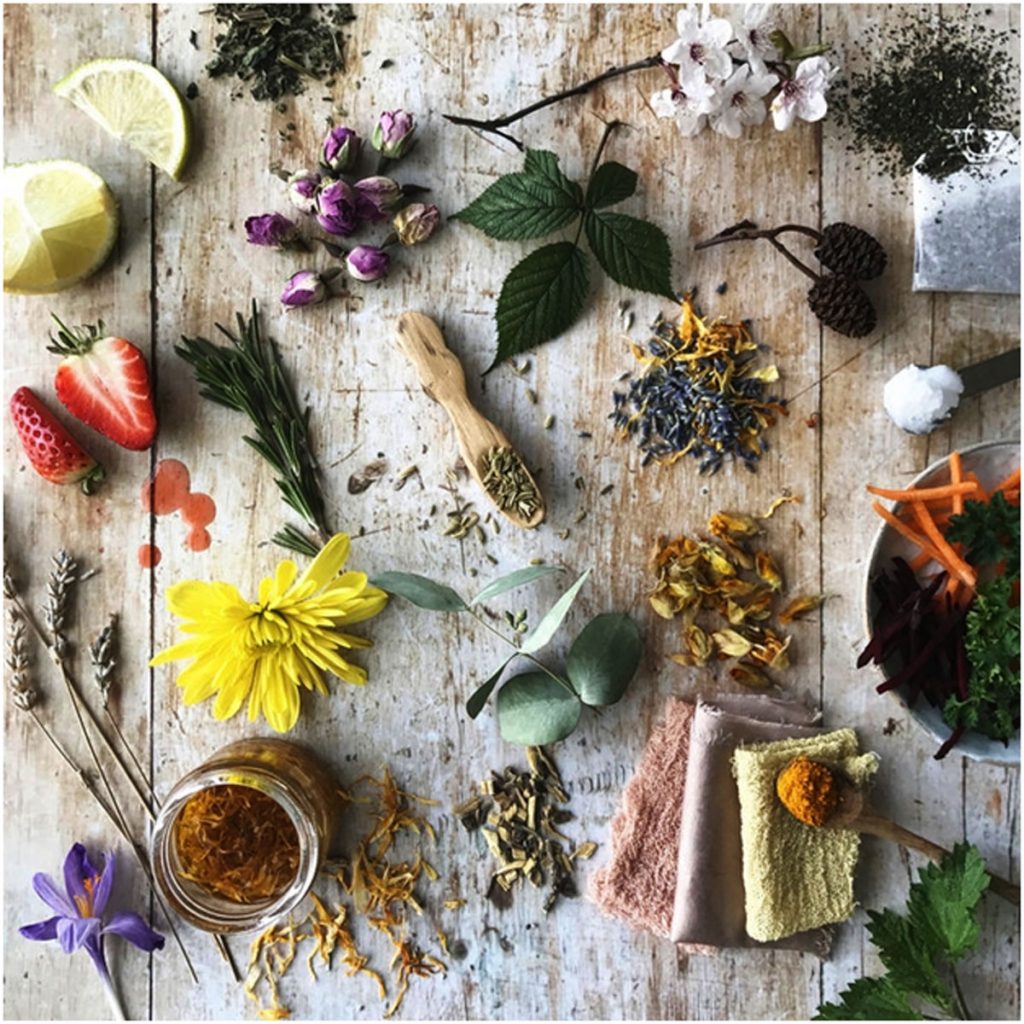Ajrak – Quintessentially Sindhi
Ajrak (Sindhi: اجرڪ) is a unique form of blockprinted shawls and tiles found in Sindh, Pakistan; Kutch, Gujarat; and Barmer, Rajasthan in India. These shawls display special designs and patterns made using block printing by stamps. Over the years, ajraks have become a symbol of the Sindhi culture and traditions.
The word Ajrak is derived from an Arabic word azrak which means blue. It is a cloth of 2.5 “ 3 meters length, decorated mostly with rich crimson and a deep indigo color but a little bit of white and black is also used to give definition to the geometric patterns. It is commonly used in Sindh as men use it as a turban and curled it around the shoulders while women use it as a shawl and sometimes as a makeshift swing for children.
Besides, Sindhis have a special feeling and association for the ajrak and they use Ajrak from cradle to grave. They also wear it without any status barrier on festive occasions like birth, marriage, and death.
History of Ajrak
Tracing the Origins
Early human settlements in the lower Indus Valley found a way of cultivating and using Gossypium arboreum commonly known as tree cotton to make clothes. These civilizations are thought to have mastered the art of making cotton fabrics.
Ajrak is an essential part of the Sindhi attire but the origin of the Ajrak can be marked out from the ancient times around 2500 BC – 1500 BC when a statue of King- Priest was quarried from Mohenjo-Daro which had draped a shawl over his shoulder – adorned with a trefoil pattern (like a three leafed clover) sprinkled with small circles filled with a red color.

The trefoil signifies three sun-disks glued together to characterize the unity of the gods of the Sun, water and earth. Since the Ajrak has been used in Sindh for centuries and the block printing techniques and dyes are all ages-old methods of dying cloth but this symbol is still used on the Ajrak these days.
Excavations elsewhere in the Old World around Mesopotamia have yielded similar patterns on various objects, most notably on the royal couch of Tutankhamen. Similar patterns appear in recent ajrak prints.

There are also some interesting facts about the use of Ajrak including the Egyptians. They used to clothe their mummies with Ajrak, imported from Sindh which they called Sindhin. In 500 BC, the Ajrak was also presented to Persian King Dara (first) at his crown ceremony. If we elaborate the impression of Ajrak, it is pertinent to know about its importance and use to its native and how it is made.
The level of geometry on the garment comes from the usage of a method of printing called woodblock printing in which prints were transferred from geometric shapes etched on the wooden blocks by pressing them hard on the fabric.
The tradition still prevails centuries later, and people still use the same methods of production that were used in the earlier days to create an ajrak.
The garment has become an essential part of the Sindhi culture and apparel of Sindhis. Men use it as a turban, a cummerbund or wind it around their shoulders or simply drape it over one shoulder. Women use it as a dupatta or a shawl and sometimes as a makeshift swing for children.
Ajraks are usually about 2.5 to 3-meters long, patterned in intense colours predominantly rich crimson or a deep indigo with some white and black used sparingly to give definition to the geometric symmetry in design.
Ajraks are made all over Sindh, especially in Matiari, Hala, Bhit Shah, Moro, Sukkur, Kandyaro, Hyderabad, and many cities of Upper Sindh and Lower Sindh.
The ajrak is an integral part of Sindhi culture. Its usage is evident at all levels of society, and is held in high esteem, with the utmost respect given to it. According to Sindhi traditions, ajraks are often presented as gifts of hospitality to guests and presented to the person who is utterly respectable. They are also worn on festive occasions such as weddings and cultural events. Many prominent politicians from Sindh publicly wear ajraks, including the deceased former Pakistani Prime Minister, Benazir Bhutto.
The process of ajrak making
Let’s talk about the unique and motivating process of Ajrak making. Motivating, because it is more than just daily work but it involves their devotion and spiritual association as Ajrak has a deep root to the Sufi culture that encompasses throughout the Sindh. That’s why we can find more Ajrak makers and their workplace near the shrines in interior Sindh
The process of making an Ajrak is highly complex and comprises 21 stages. The traditional craftsmen used indigenous, locally produced materials for the printing of Ajrak. Though the procedure is technically the same, natural dyes have been replaced, to a certain extent, by commercial dyes.
The basic four themes used in Ajrak preparation are known as, Teli Ajrak, Sabuni Ajrak, Do Rangi Ajrak and Kori Ajrak.
The fabric is cut and washed and the damp cloth is coiled and placed on a copper vat; the bundle is covered with a quilt to prevent steam from escaping and left through the night. The material is then soaked in Eruca Sativa oil and then knotted in a bundle and kept for two weeks so that the oil can permeate each fiber. This stage is crucial in determining the quality of the Ajrak.
The wet cloth is then dried before the printing process begins. For printing, the design is first outlined using a paste of lime, acacia gum and rice paste. This procedure is called kiryana. Then the areas to be printed black are stamped with a filler block.
The use of natural herbs and raw materials used in the making of the Ajrak is awe inspiring because the next stage of printing uses rice paste, alum, molasses, Fuller’s earth, fennel and gum to form the mud resist-paste, called the Kharrh. It is applied on the white, black and the portions that are to be dyed red. This step ensures that the cloth is protected against the indigo dye so that when eventually the cloth is dipped in the alizarin dye, the other areas turn red.
The next step is dipping the cloth in an earthenware vat for the first indigo dye. After that, through a very painstaking procedure, the dyed fabric is taken to the river and thrashed till the gum and excess dye has been washed off and the white areas become clear. Camel dung is used to remove excess tanning and make the white clear.
In a large copper vat the Ajraks are dyed with alizarin. Heated by log fire the craftsman diligently lifts and immerses the cloth repeatedly for a couple of hours till the desired red colour is reached.
Ajraks are spread on riverbanks and sprinkled with water intermittently as soon as they dry. This drying and drenching bleaches the white areas and deepens the other colours.
Once the craftsmen are satisfied with this step, the Ajrak is printed again with Kharrh mixture i.e. the mud resist-paste and sprinkled with sifted dried cow dung before taking them for the final indigo dye.
The Ajraks are then taken for the final wash. The craftsmen fold the Ajraks whilst slightly damp and stack them. The Ajraks thus gets well pressed and there is no need for ironing. The result is the magnificent piece of art.
Dyes

Ajrak craft products are made with natural dyes. The entire production of the products include both vegetable dyes and mineral dyes. Indigo is a key dye.